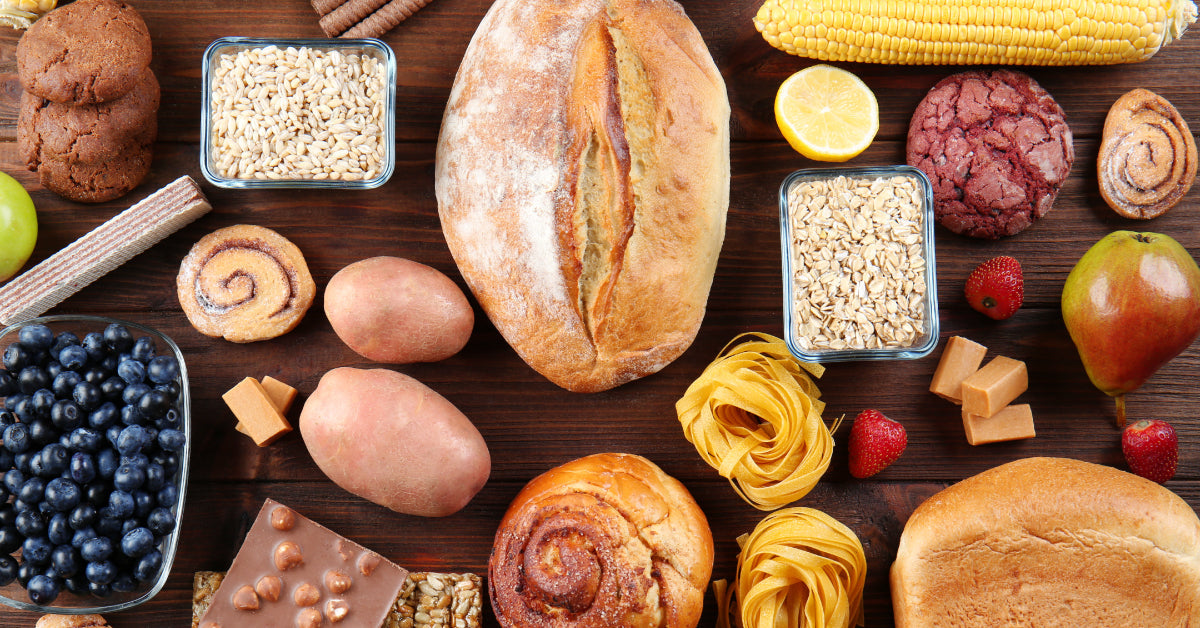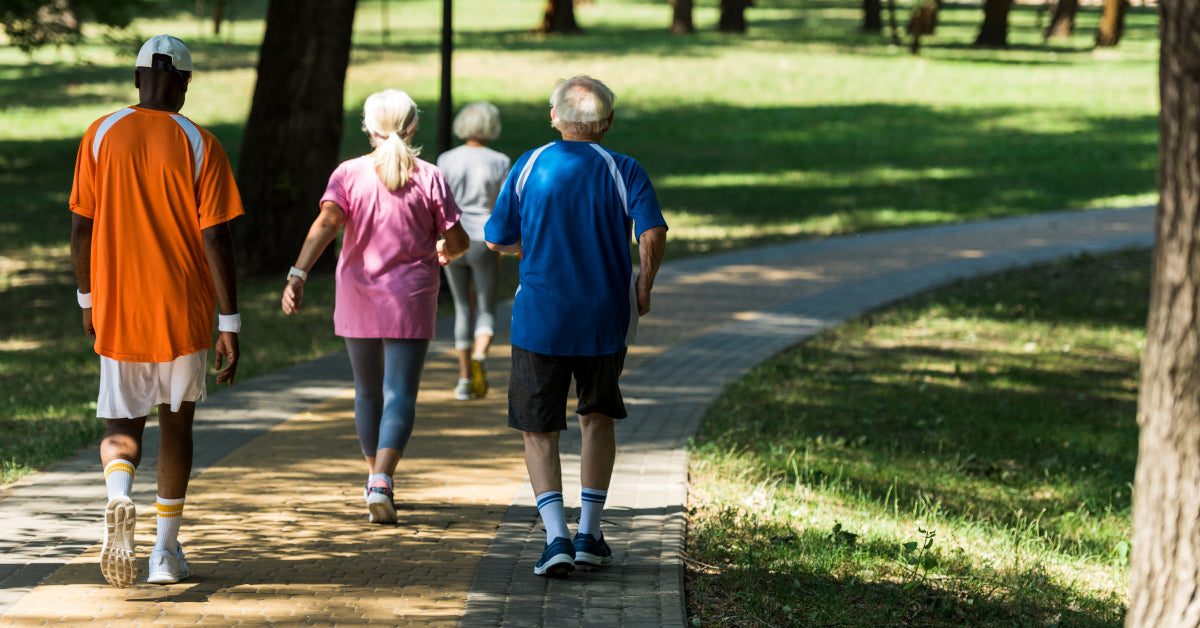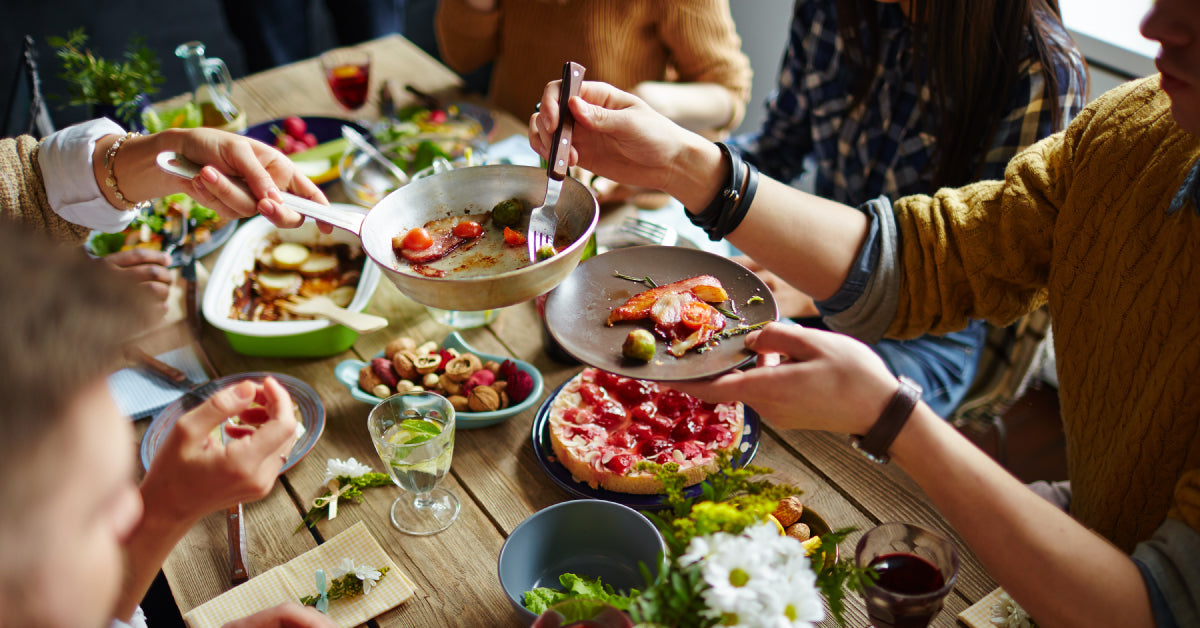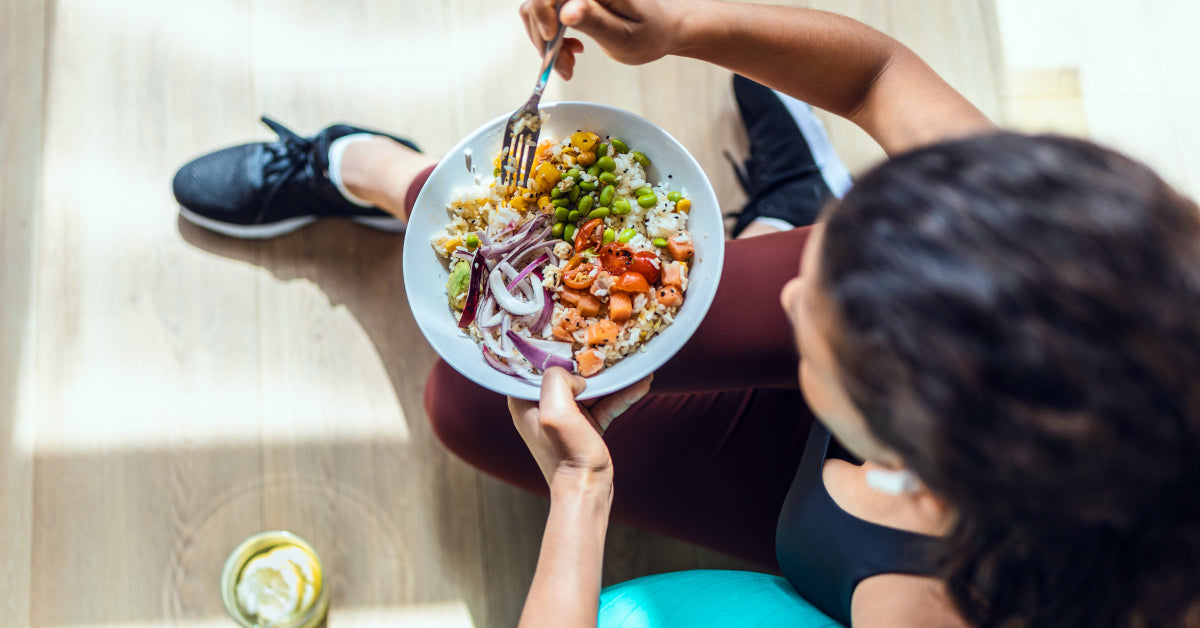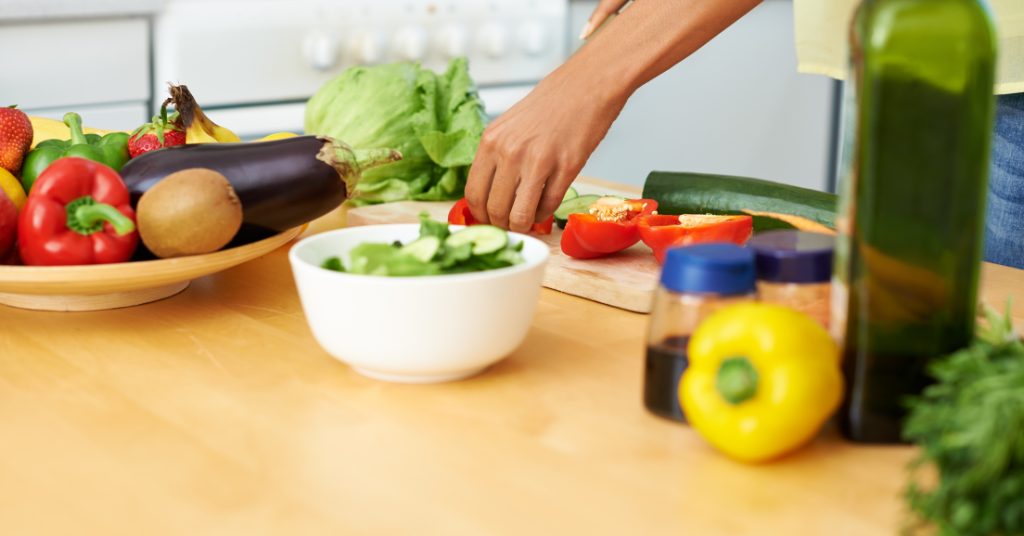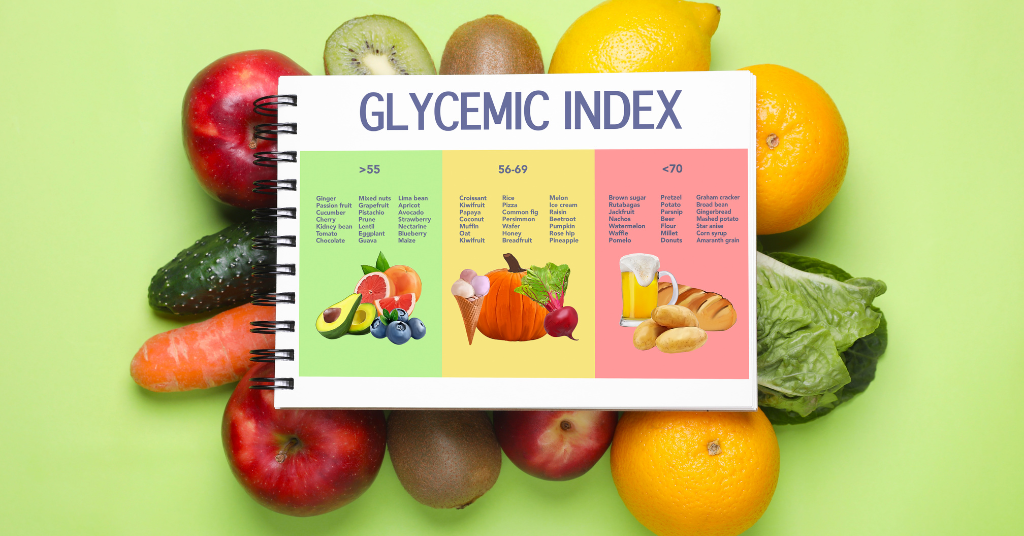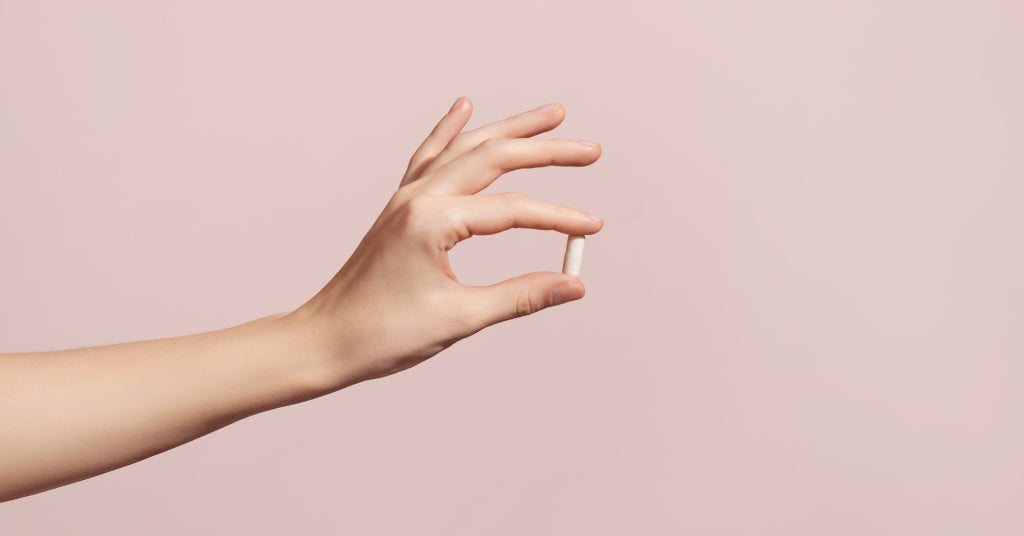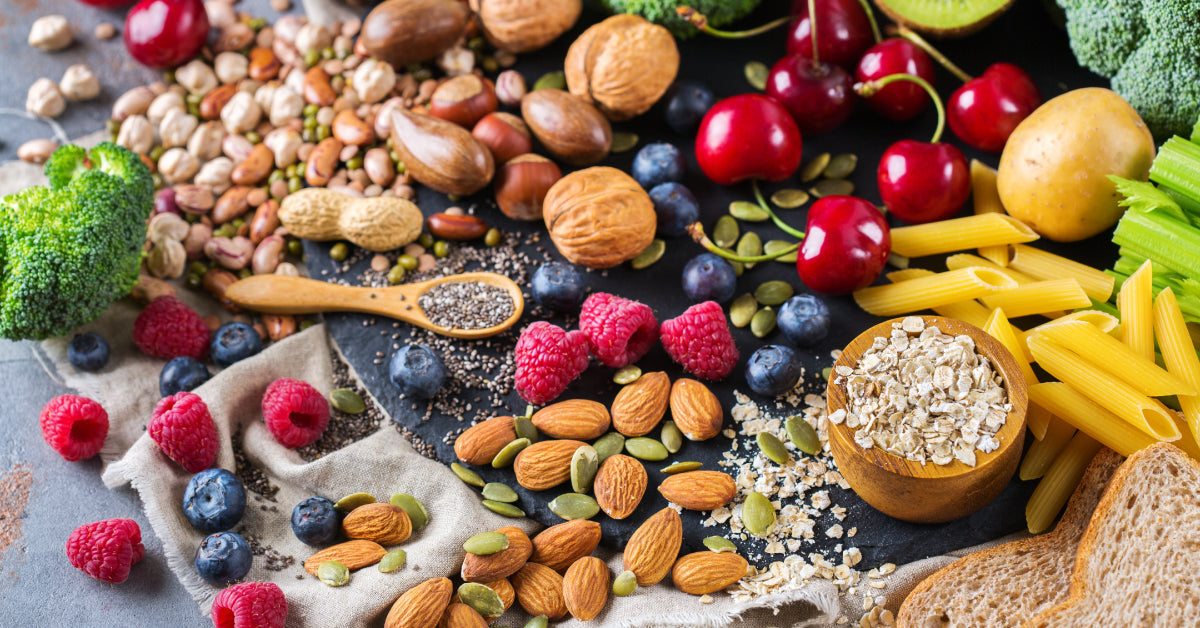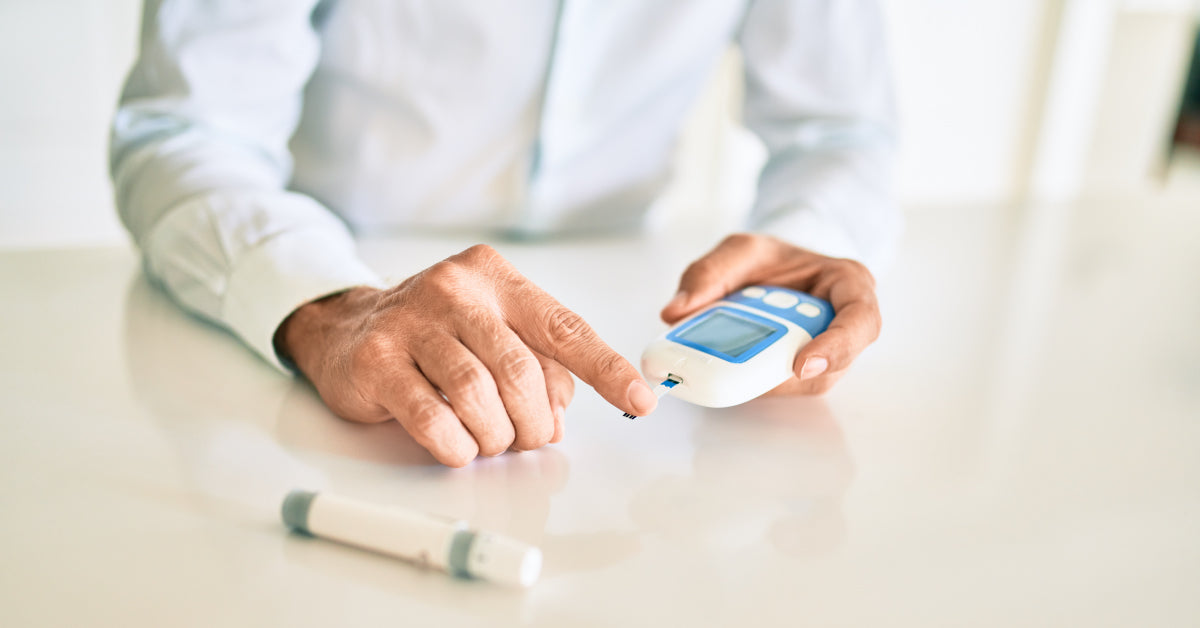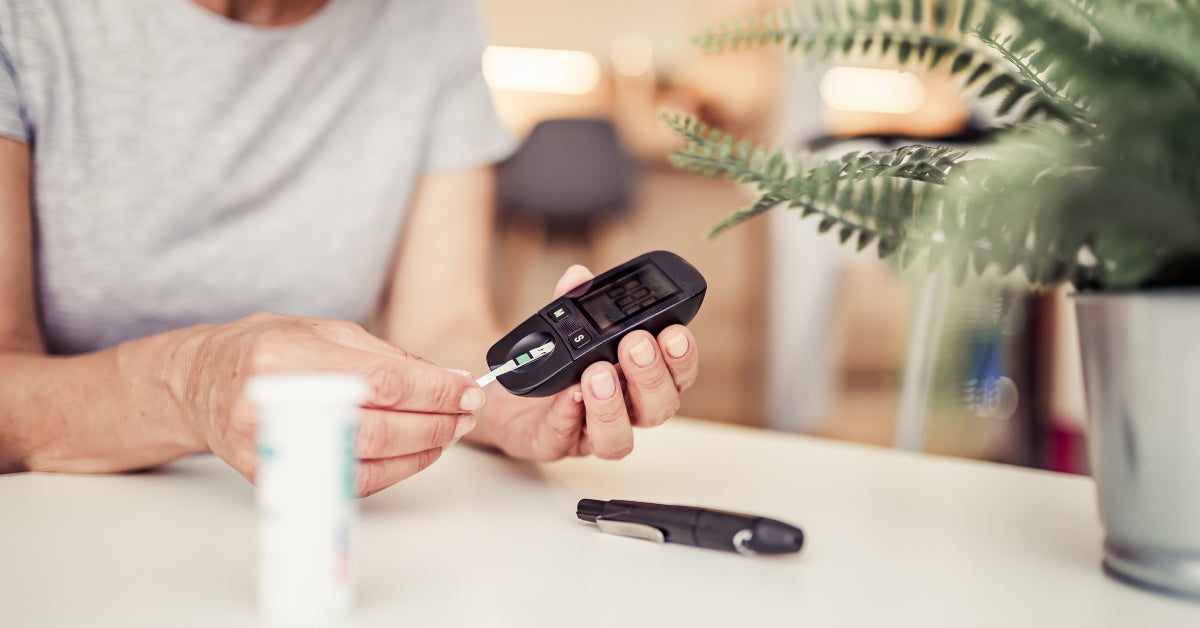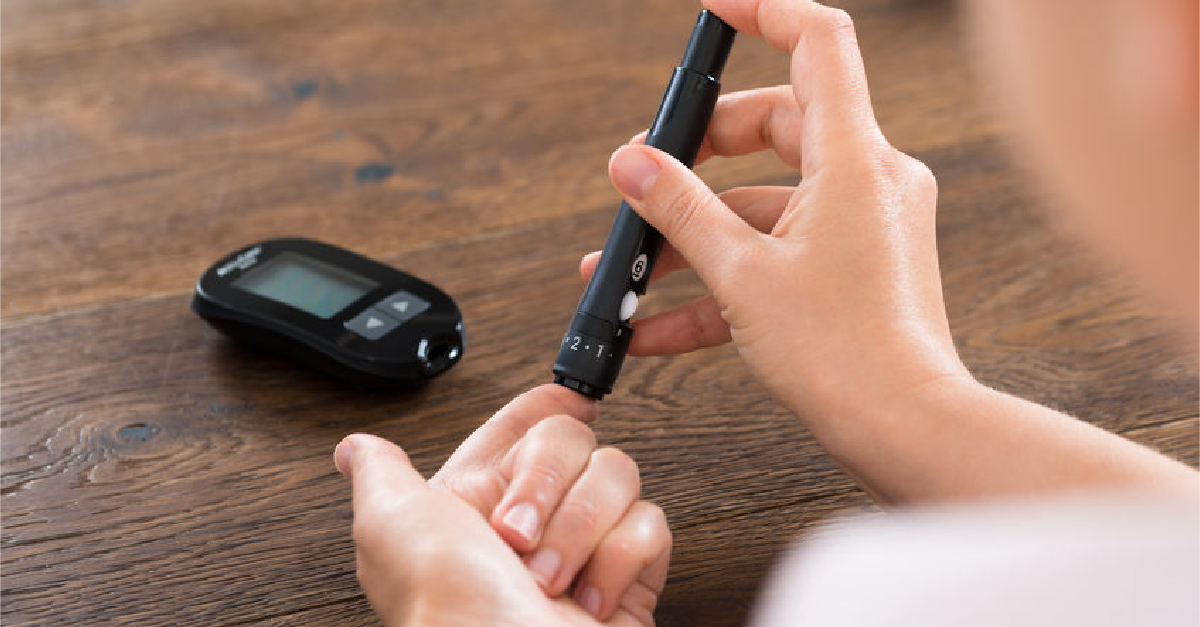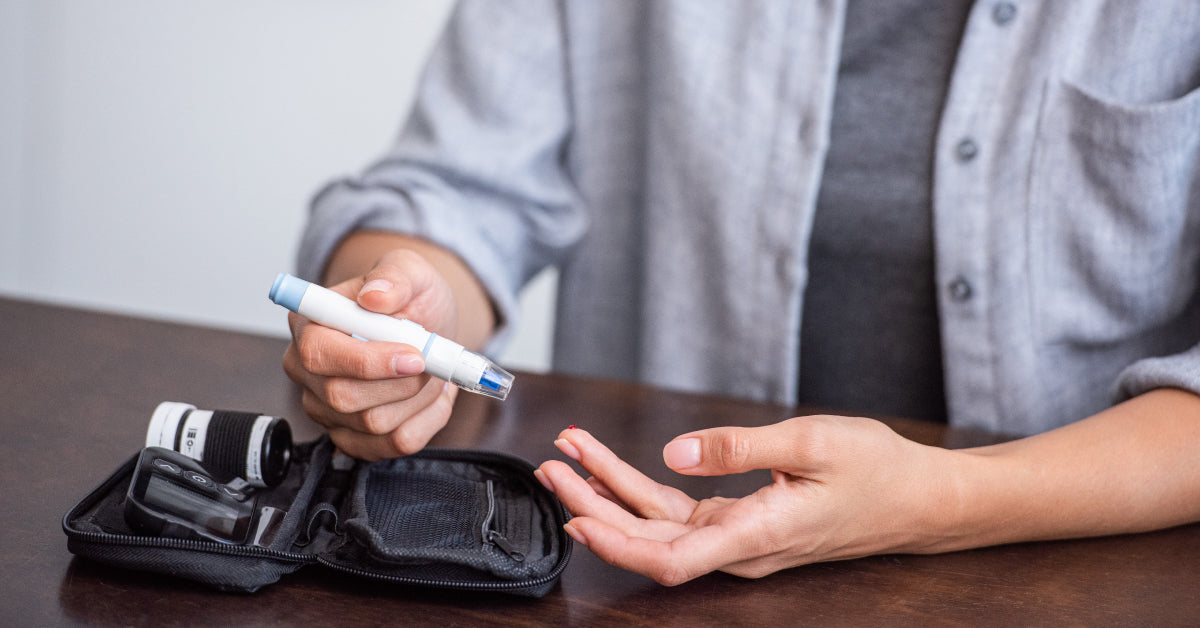It might sound strange to say that insulin causes weight gain — but is it really that strange?
When we understand how the body stores fat, it makes perfect sense that high insulin levels lead to weight gain.
The good news? If high insulin causes weight gain, controlling insulin levels can help promote weight loss.
It’s becoming common knowledge that high blood sugar leads to weight gain — and that’s absolutely true.
So when we say insulin causes weight gain, we’re really explaining why high blood sugar causes weight gain.
How does insulin work?
Put simply:
- When we eat foods high in sugar or refined carbs, blood sugar spikes.
- The pancreas releases insulin to manage this spike.
- Insulin helps stabilize blood sugar by using it for energy or storing it as fat for later use.
Why does insulin make us gain fat?
The issue arises when sugars and carbs aren't used immediately for energy. Insulin stores them as fat in the body’s cells. While that fat is theoretically for later use, we often eat again before the body needs that stored energy — leading to continuous fat storage.
What are the dangers of high insulin and fat storage?
The two biggest risks: insulin resistance and type 2 diabetes — which often go hand-in-hand.
When the pancreas has to constantly release insulin, the body eventually stops responding to it effectively. This is insulin resistance. If it continues, insulin production drops or becomes ineffective, leading to type 2 diabetes and chronically high blood sugar.
Learn how to treat insulin resistance…
So how can I control insulin and blood sugar levels?
Here are 5 steps to help regulate insulin for weight loss:
-
Control the GI and GL of your food
GI (Glycemic Index): How quickly a food raises blood sugar after eating it.
GL (Glycemic Load): The total carbohydrate content absorbed by the body.Taking one or two Manna Blood Sugar Support tablets with a meal can reduce GI by up to 43%, slowing the absorption of sugars and carbs into the bloodstream.
-
Avoid high GI and GL foods
These spike blood sugar and insulin levels, followed by a sharp drop (“sugar crash”). Avoid foods like cookies, cake, white bread, potatoes, chips, sweets, soft drinks, beer, wine, and fruit juices.
-
Eat smaller, more frequent meals
Establishing a routine with 5–6 smaller meals instead of 3 large ones keeps your metabolism active and helps avoid cravings. Pair meals with Manna Blood Sugar Support to maintain stable blood sugar levels and reduce cravings.
-
Exercise regularly
Exercise is essential — especially for weight loss. Aim for at least 30 minutes, 3 times per week. Exercise helps your cells respond better to insulin, reducing the need for high insulin production.
-
Manna Blood Sugar Support
Take 1 or 2 Manna Blood Sugar Support tablets with each meal and see the results…
How does it help with high insulin?
When taken with meals, Manna Blood Sugar Support binds with your food to slow sugar release into the bloodstream. This prevents sugar spikes and excessive insulin release — reducing fat storage.
Used consistently, Manna helps balance blood sugar and curb cravings by lowering the GI of foods by up to 43%. With blood sugar under control, weight loss becomes easier.
Are there any risks or side effects?
None. Manna Blood Sugar Support is made from the pods of the Prosopis (Mesquite) tree and contains no harmful additives. It’s 100% natural and organic — with no negative side effects.
What are the benefits?
Once your blood sugar levels are stable with Manna Blood Sugar Support:
- Cravings disappear because your body no longer craves sugar for energy.
- You can enjoy treats like chocolate now and then, without spiking blood sugar — just take a Manna tablet with it.
- It helps shed those stubborn extra kilos you’ve been battling with.
- You enjoy a better quality of life — sharing meals with friends and family without the weight gain.
- It prevents the post-meal “sugar crash” — that fatigue you feel an hour after eating sugary snacks.
There are many more benefits, but if you’re still unsure whether this no-brainer supplement is right for you… go read this article again!






























